When it comes to cooking pork perfectly, the pork cooking temp is the most important factor to master. Many people end up with pork that is either too dry and tough because they overcook it, or unsafe to eat because they haven’t reached the right pork cooking temp. Understanding the ideal pork cooking temp ensures that your pork stays juicy, tender, and full of flavor. In this guide, we’ll dive into everything you need to know about pork cooking temp so you can always serve perfectly cooked, delicious pork.
Why Pork Cooking Temperature Matters
Back in the day, pork used to have a bad rap. It had to be cooked until it was practically bone-dry to avoid foodborne illnesses, and the result was a chewy, flavorless piece of meat. But, the times have changed, and so have food safety guidelines. Thanks to better farming practices, we now know that pork can be safely enjoyed when cooked to 145°F (63°C) and allowed to rest for three minutes. This ensures that your pork is not only safe to eat but also juicy and tender.
Cooking pork to the correct temperature is the difference between serving a flavorful, succulent dish and an overcooked, dry disappointment. Lean cuts like pork chops or tenderloin need to hit that sweet spot of 145°F to stay moist and delicious, while tougher cuts like pork shoulder need a slow-cooked approach, with temperatures reaching up to 190-205°F (88-96°C) to break down those collagen-rich fibers for the perfect pulled pork. It’s all about understanding the cut of meat you’re working with and what it needs to shine.
Pork Cuts and Their Ideal Cooking Temperatures
Let’s break it down by cut, shall we? Each type of pork cut requires its own special treatment. Whether you’re grilling, roasting, or braising, knowing the right temperature for your pork cut will guarantee success every time.
Pork Loin, Tenderloin, and Chops: The Lean Beauties
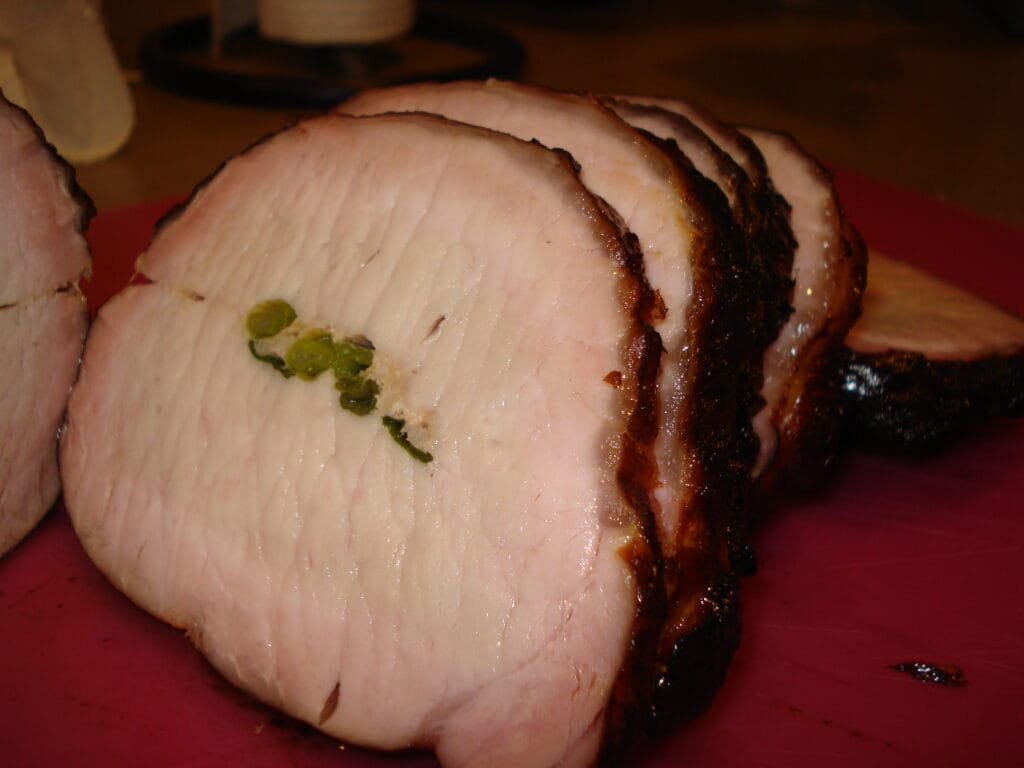
These lean cuts of pork are delicate and require careful attention. Pork loin, tenderloin, and pork chops are best cooked to 145°F (63°C). Any higher, and you risk drying out these tender cuts. After reaching the correct temperature, don’t skip the rest period. Allowing the meat to rest for three minutes ensures the juices redistribute, leaving you with a moist and flavorful bite.
- Ideal Temp: 145°F (63°C)
- Rest Time: 3 minutes
- Chef’s Tip: Sear your pork loin or chops in a hot pan before finishing in the oven. This helps develop a beautiful crust while locking in moisture.
Ground Pork: Playing it Safe
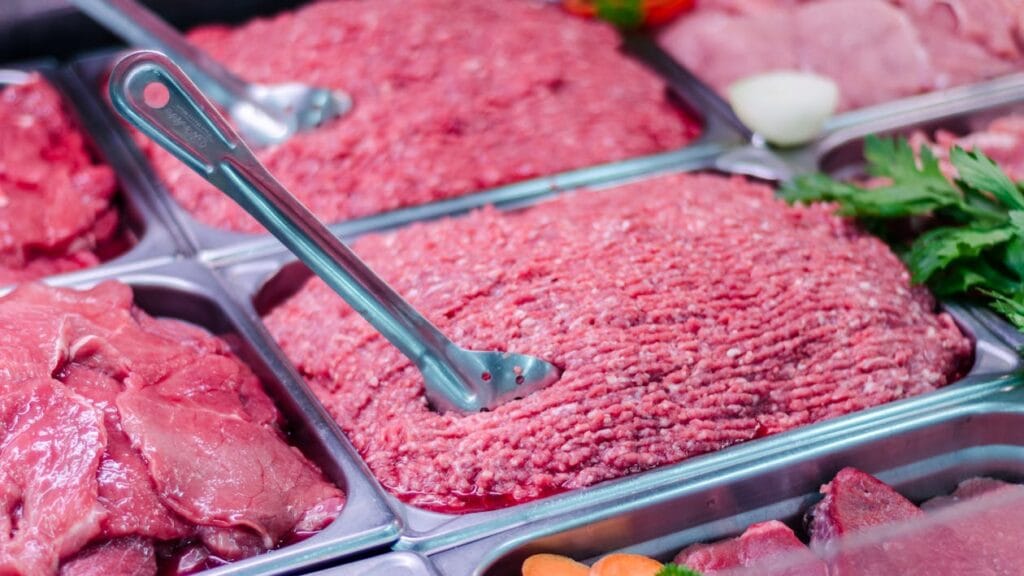
When it comes to ground pork, safety comes first. Ground meat can be exposed to bacteria during processing, so it must be cooked to a higher temperature of 160°F (71°C). This ensures all harmful bacteria are destroyed, keeping you safe from any nasty surprises.
- Ideal Temp: 160°F (71°C)
- Chef’s Tip: Ground pork is great for making meatballs, burgers, or sausages. Just remember not to overwork the meat when mixing, as this can result in a tough, dense texture.
Pork Shoulder: Low and Slow for Melt-in-Your-Mouth Results
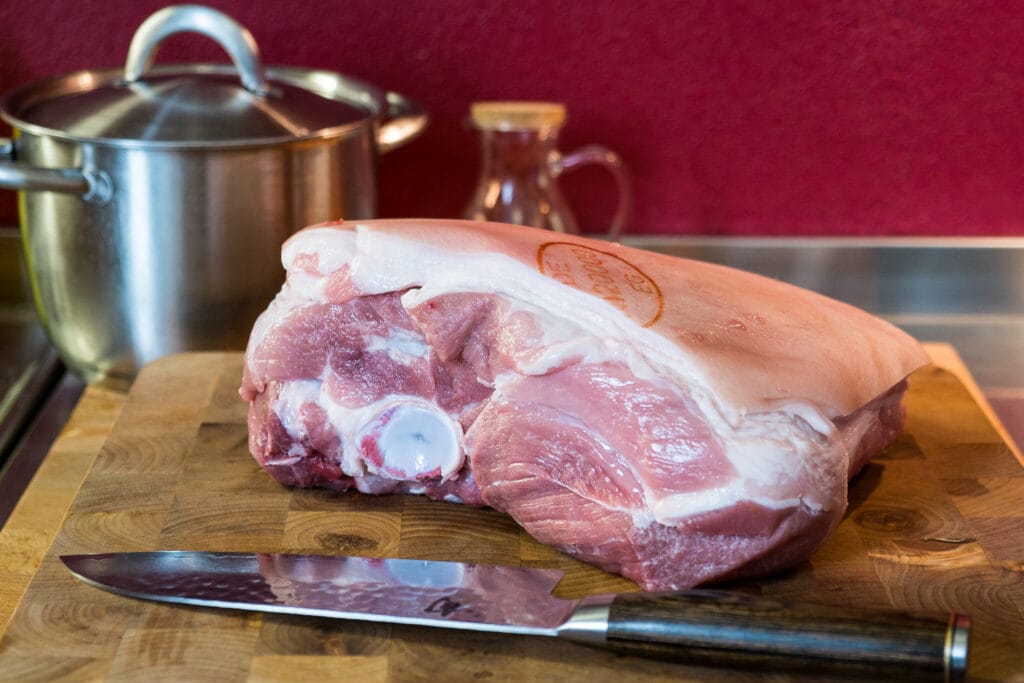
Ah, pork shoulder—the king of slow cooking. This cut is rich in connective tissue and fat, which means it needs to be cooked low and slow to break down all that collagen. For tender, pull-apart pork, you’re looking at a temperature of 190-205°F (88-96°C). This higher cooking temp allows the fat to melt and the meat to become irresistibly tender.
- Ideal Temp: 190-205°F (88-96°C)
- Rest Time: 10-15 minutes
- Chef’s Tip: Patience is key here. Use a slow cooker, smoker, or oven to cook the pork shoulder at a low temperature over several hours. Your patience will be rewarded with the juiciest, most flavorful pork you’ve ever had.
Pork Ribs: Finger-Licking Good
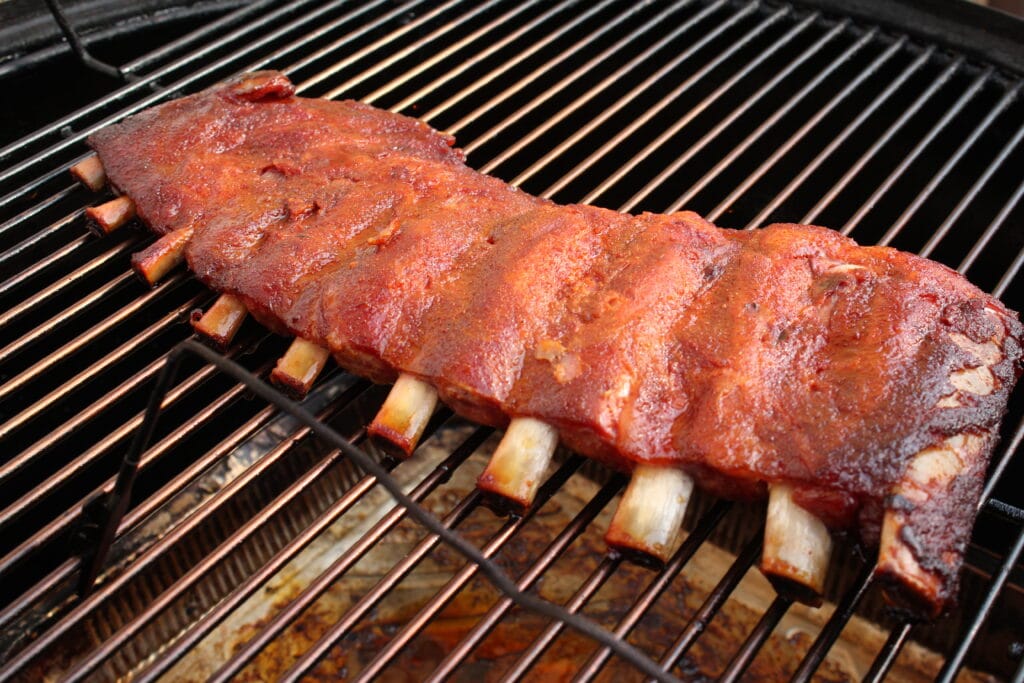
Pork ribs need a bit of extra love to reach their full potential. Whether you like them sticky with sauce or dry-rubbed with spices, pork ribs are best cooked to 195-203°F (90-95°C). This temperature allows the fat to render and the meat to pull away easily from the bone, giving you that fall-off-the-bone tenderness we all crave.
- Ideal Temp: 195-203°F (90-95°C)
- Rest Time: 10 minutes
- Chef’s Tip: For the best ribs, cook them low and slow over indirect heat on the grill. Finish them off with a quick high-heat sear for a perfect char.
Ham: Pre-cooked vs. Fresh
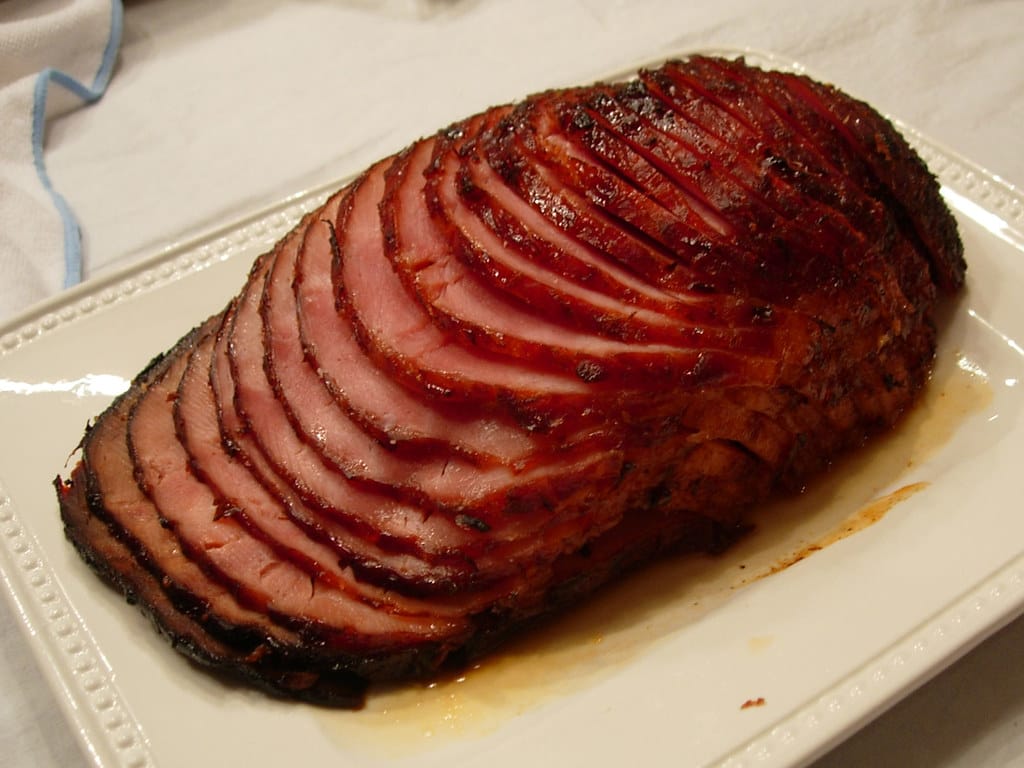
Now, when it comes to ham, things can get a bit confusing. If you’re working with a pre-cooked ham, you only need to reheat it to 140°F (60°C). But if you’ve got yourself a fresh ham, you’ll need to cook it to 145°F (63°C), just like pork loin or chops. Don’t worry—both can be equally delicious!
- Pre-cooked Ham Temp: 140°F (60°C)
- Fresh Ham Temp: 145°F (63°C)
- Chef’s Tip: Glaze your ham with a mix of brown sugar, mustard, and pineapple juice for a sweet and savory flavor combination that will have your guests asking for seconds.
Using a Meat Thermometer: Your Secret Weapon
Now, if there’s one tool that will save you from pork-cooking disasters, it’s the meat thermometer. Sure, you can eyeball it or rely on cook times, but nothing beats the accuracy of a good thermometer. Insert the thermometer into the thickest part of the meat (avoiding bones), and you’ll get a precise reading that tells you exactly when your pork is ready.
Chef’s Pro Tip: Always check the temperature in several spots for larger cuts like pork shoulder or roasts to ensure even cooking. And remember—carryover cooking is real! Pork continues to cook for a few minutes after it’s removed from heat, so it’s best to pull it out just before it reaches the target temperature.
Why Resting Pork is Crucial
One thing every chef knows: resting is as important as cooking. After you pull your pork off the heat, don’t be tempted to slice into it right away. Resting your pork allows the juices to redistribute throughout the meat, locking in that moisture and flavor.
- For smaller cuts like pork chops or tenderloin, a 3-5 minute rest is ideal.
- For larger cuts like pork roasts or shoulders, give it 10-15 minutes.
Resting your meat also helps it retain heat. During this time, the internal temperature may rise a few degrees, so always account for that when cooking.
Common Questions About Pork Cooking Temperature
Is it safe to eat pork that’s pink?
Yes! Pork that’s been cooked to 145°F may still have a blush of pink in the center, but it’s perfectly safe to eat. The pink color is due to the myoglobin in the meat, not because it’s undercooked.
Can I cook pork in the oven, on the stove, or on the grill?
Absolutely. Pork is a versatile meat that can be cooked in many different ways. Just keep an eye on the internal temperature to avoid overcooking, no matter which method you choose.
What happens if I overcook pork?
Overcooking pork results in a dry, chewy texture. That’s why a thermometer is so important! Take the guesswork out of the equation, and you’ll never have to deal with overcooked pork again.
How to Cook Pork Perfectly Every Time
So, how do you ensure your pork turns out perfectly cooked every single time? It’s simple—follow these guidelines:
- Pork Chops, Tenderloin, and Loin: 145°F (63°C) + 3-minute rest
- Ground Pork: 160°F (71°C)
- Pork Shoulder (Pulled Pork): 190-205°F (88-96°C)
- Pork Ribs: 195-203°F (90-95°C)
- Ham: 140°F (60°C) for pre-cooked, 145°F (63°C) for fresh
With these temperature guidelines, you’ll be able to cook pork to perfection every time. Say goodbye to dry pork and hello to juicy, flavorful, and tender dishes.
Final Thoughts
Understanding the correct pork cooking temperature is essential for achieving the best results in your kitchen. Whether you’re roasting, grilling, or slow-cooking, knowing when your pork is perfectly cooked will guarantee moist and flavorful meat every time. So, grab your trusty meat thermometer, and start cooking like a pro.
Cooking pork to the right temperature isn’t just about safety—it’s the key to delivering succulent, juicy pork that will have everyone asking for your secret. So go ahead, impress your guests with perfectly cooked pork every time. Happy cooking!
If you’re hungry for more delicious pork recipes and want to ensure every dish turns out perfectly, make sure to subscribe to our newsletter! You’ll get expert tips, mouth-watering recipes, and everything you need to master cooking pork. From succulent pulled pork to crispy pork chops, we’ve got you covered. Don’t miss out on favorites like slow-cooked pork shoulder or garlic herb pork tenderloin—sign up today and get all the pork-cooking inspiration you need!



